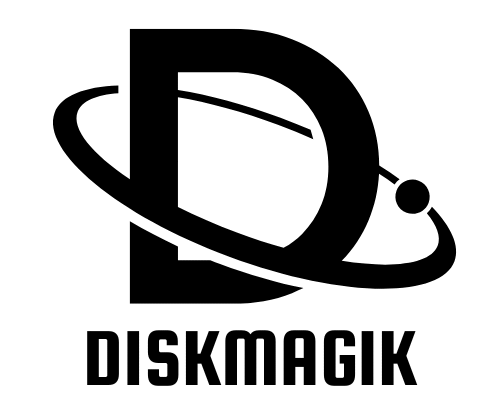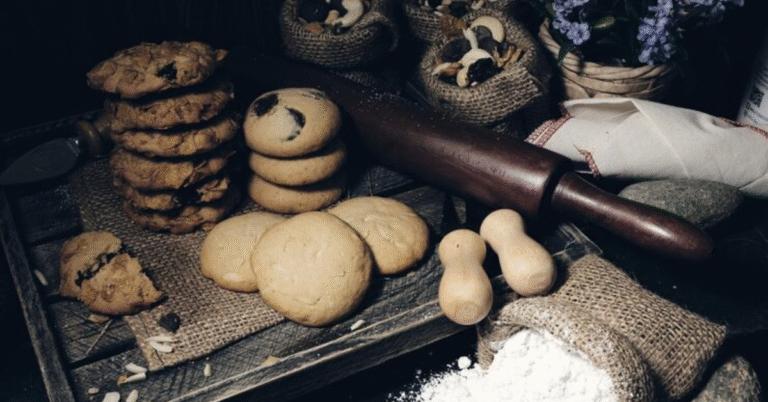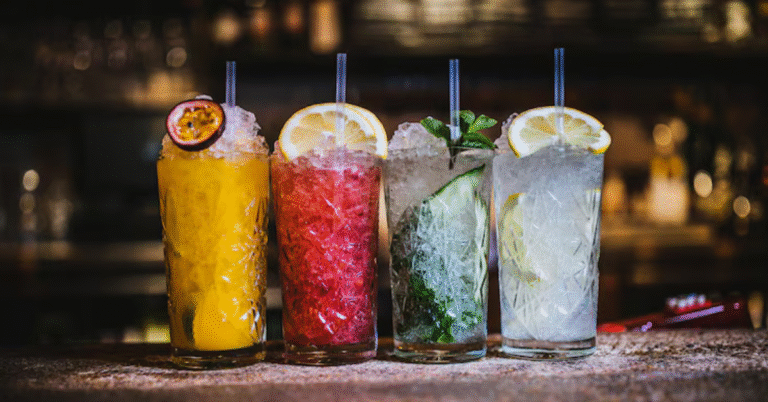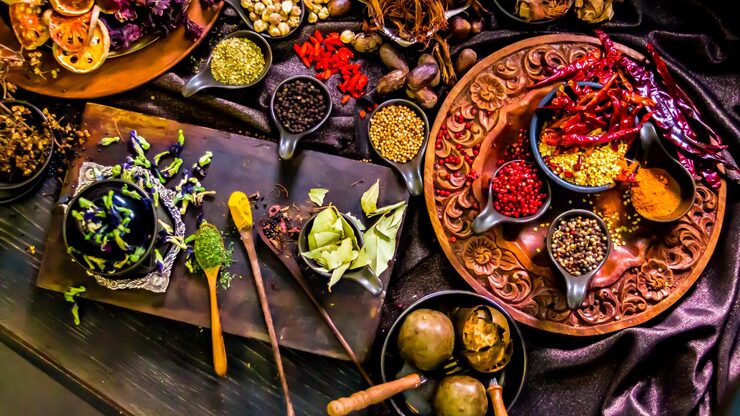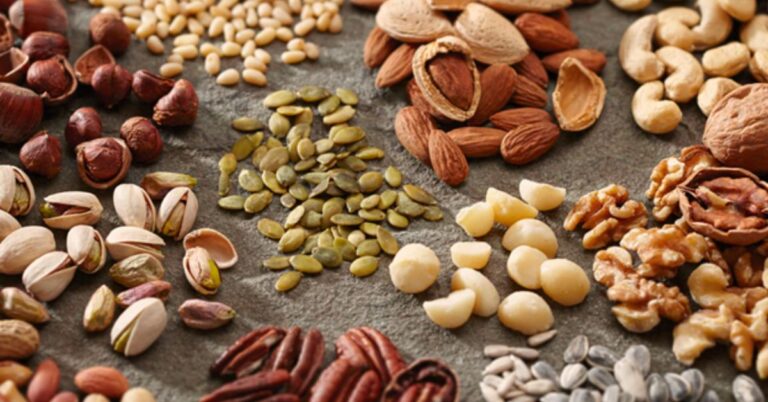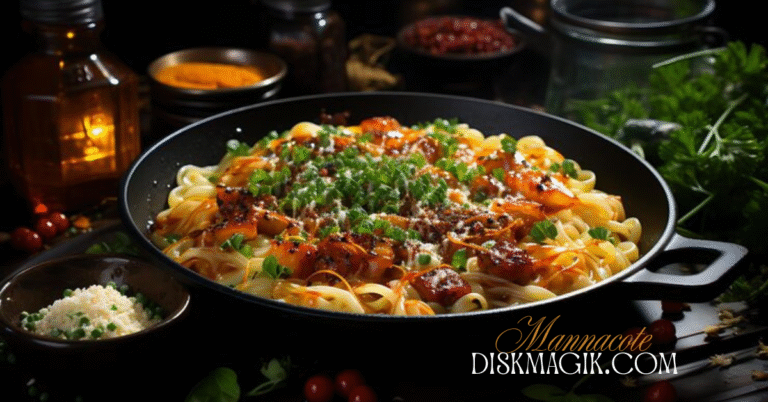Natural Blue Food Coloring: The Innovative Choice in Natural Food Coloring
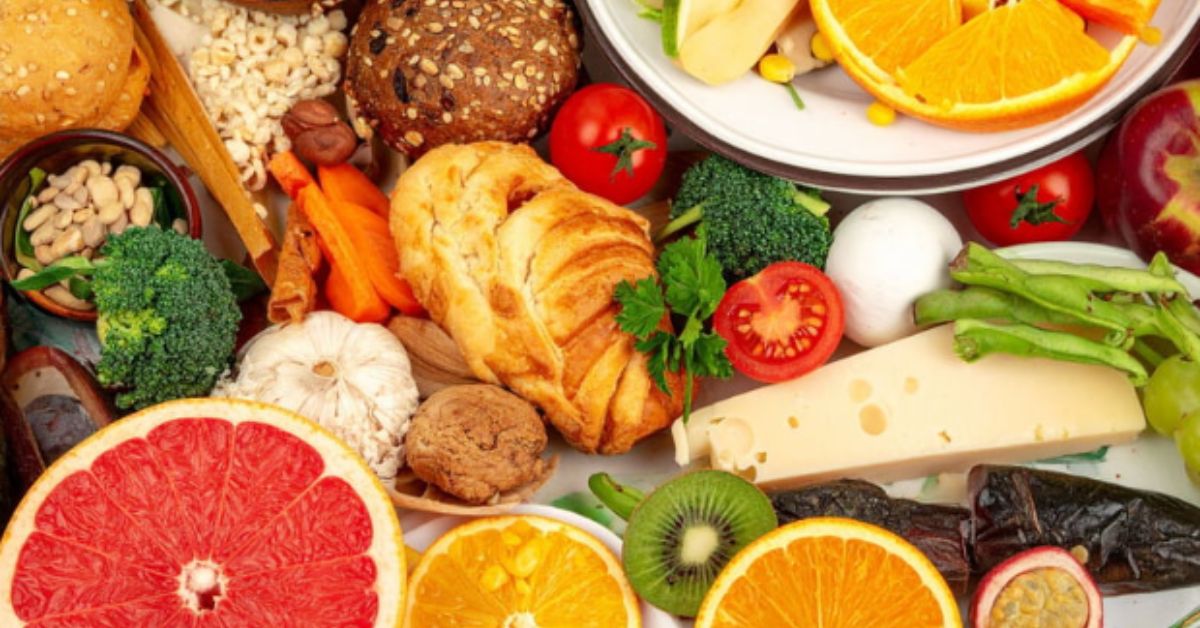
As the food industry embraces healthier, cleaner, and more transparent ingredients, natural food coloring has emerged as a popular choice for manufacturers and consumers alike. Among the various shades available, natural blue food coloring stands out as one of the most fascinating and innovative additions, transforming the way we think about naturally vibrant foods.
What Makes Natural Blue Food Coloring Special?
Unlike red, yellow, or green, naturally occurring blue pigments are rare in the food world. The challenge of sourcing a true blue pigment from natural sources made natural blue food coloring a technological breakthrough in the food industry. This food coloring is derived from plant-based ingredients such as spirulina and butterfly pea flowers, making it a safe, vegan, and allergen-free option.
- Spirulina Extract: A blue-green microalgae that contains the pigment phycocyanin, providing a bright and stable blue hue.
- Butterfly Pea Flower: Offers a vibrant blue shade and is widely used in beverages and desserts for its color-changing properties when pH is adjusted.
Applications in the Food Industry
Natural blue food coloring is now widely used across multiple product categories where visual appeal is as important as taste and health benefits:
- Beverages: Blue-colored energy drinks, natural sodas, and cocktails are becoming trendy for their eye-catching appearance and natural formulation.
- Confectionery: From candies and chocolates to jelly-based sweets, natural blue food coloring enhances product appeal without synthetic additives.
- Dairy Products: Ice creams, yogurts, and milk-based drinks adopt blue tones for a playful and natural twist.
- Baked Goods: Cupcakes, pastries, and cookies benefit from the unique blue shade, delighting customers seeking vibrant, clean-label treats.
Why Natural Blue Food Coloring Matters
Consumers are now more informed and selective about what goes into their food. The demand for natural food coloring solutions has surged, driven by health concerns and regulatory changes around artificial colors. Natural blue food coloring plays a key role in meeting these needs because it:
- Is derived from plants and algae, aligning with vegan and clean-label product trends.
- Contains no artificial chemicals, making it suitable for all age groups, including children.
- Provides a visually stunning alternative to synthetic dyes, helping products stand out on shelves.
Overcoming Challenges
One of the biggest challenges in using natural blue food coloring is its stability. Exposure to heat, light, and pH variations can degrade the color. However, modern techniques like microencapsulation and advanced extraction methods have significantly improved the stability and shelf life of these natural pigments.
The Future of Natural Food Coloring
As the global market shifts toward natural and organic products, natural food coloring, especially blue variants, is expected to grow exponentially. Food manufacturers are investing in research to discover new natural sources and improve the functional benefits of natural colorants.
Natural blue food coloring isn’t just a trend—it’s the future of food aesthetics combined with health consciousness.
Also Read: Tahhiini: A Blend of Tradition, Taste, and Wellness
